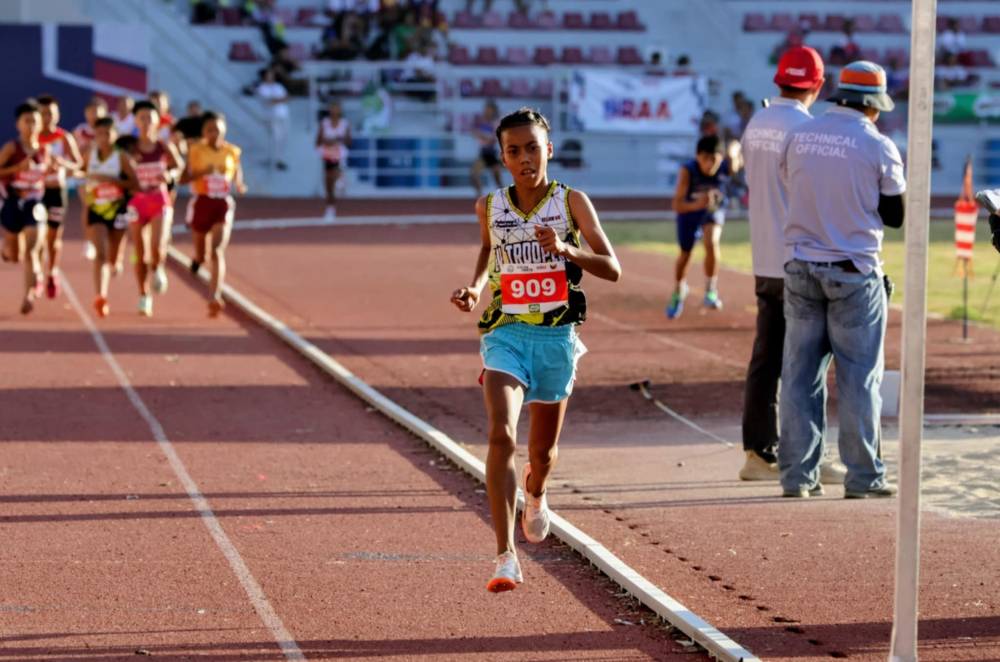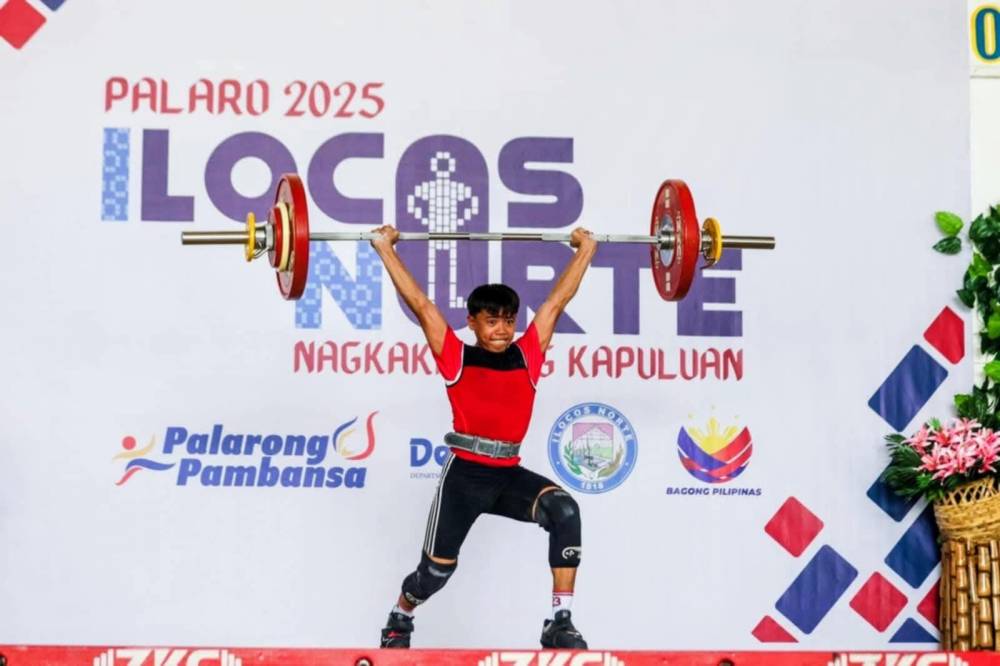This might not be the typical expat blog, written by a German expat, living in the Philippines since 1999. It's different. In English and in German. Check it out! Enjoy reading! Dies mag' nun wirklich nicht der typische Auswandererblog eines Deutschen auf den Philippinen sein. Er soll etwas anders sein. In Englisch und in Deutsch! Viel Spass beim Lesen!
You plan to move to the Philippines? Wollen Sie auf den Philippinen leben?
Ja, es gibt tonnenweise Webseiten, die Ihnen sagen wie, warum, vielleicht warum nicht und wann Sie am besten auf die Philippinen auswandern könnten. Ich möchte Ihnen in Zukunft "zwischen den Zeilen" einige zusätzlichen Dinge berichten und erzählen. Viel Spass beim Lesen und Gute Unterhaltung!
Total Pageviews

Wednesday, May 28, 2025
DAVAO CITY: Blessing of New Disaster and Emergency Vehicles and Equipment
Did they eat the same food in East Germany as they did in West Germany?

Professor at Hochschule Düsseldorf
Studied Political Science & Sociology at Ruhr University BochumGraduated 1999
Some traditional dishes were the same or almost the same, but GDR cuisine was significantly different.
First, they adopted some dishes from the Soviet Union:
Soljanka, a Russian soup, was extremely prominent in East German cuisine.
Letscho, a dish of bellpeppers and onions which originated in Hungary, was something like the standard vegetable in East German restaurants, often served with meatballs (Bouletten). Letscho was easily available in tins.
Second, there were also East German dishes which did not exist in West Germany, like Jägerschnitzel made from breaded sausage:
(West German Jägerschnitzel was pork steak with mushroom sauce, so entirely different.)
Würzfleisch was an East German adaptation of Ragout Fin. First, since veal and sweetbread were hardly to get, they made a stew from pork or chicken. Second, it was gratinated with cheese. Third, the French name “Ragout Fin” was eliminated because it was politically not correct to eat a dish with a decadent capitalist name.
On the other side, East German cuisine did not adapt most of the Mediterranean influences which changed West German cuisine, partly because ingredients were not available. From a West German view, GDR cuisine was somewhat old-fashioned and lacked refinement.
Currently, we have a strong GDR nostalgia (“ostalgia” from “ost” for “east”) and many cookery books on East German cuisine are published.
What is the relationship between the German language and the English language?

Insufferable know-it-all, mostly law, science, politics and Canadian football.
Old English, the form of English spoken in England in the 6th century to the 11th century, was almost entirely based on forms of German spoken on the northwest coast of Germany during the same period. English borrows almost no words from the languages that must have been spoken in the region by the native population (which were closer to modern Welsh)
German and English started to diverge in the 6th century as different groups of people started also invading the territory, like the Danes and the Vikings, which brought other words into English.
But the big split was in the 11th century when the Normans conquered England and ruled over it for over 400 years. The Norman kings and aristocrats only spoke French but allowed the natives to keep speaking their own language. However, from that point forward German and English diverged greatly as instead of using compounding to form new words, English instead borrowed Norman words. Although in 1066 German and English shared a lot of vocabulary, by the 16th century they only shared very basic vocabulary and more complex vocabulary was Norman French borrowed words in English but compound German words in German.
Of the 5,000 most common words in English, about 95% of them have a German root, and many are still German cognates, like “Hound” and “Flesh” (“Hund” and “Fleisch” respectively).
Tuesday, May 27, 2025
Philippines' Yashna Sharma wins 1st runner-up at Miss Teen Icon International 2025
Jan Milo Severo - Philstar.com
May 27, 2025 | 9:39am
MANILA, Philippines — The Philippines' bet Yashna Sumir Sharma won as 1st runner-up at Miss Teen Icon International 2025.
Yashna was followed by Sascha Lee Daniel from South Africa, Kanika Kun from Cambodia, Nadya Christy Cinta from Indonesia and Zoe Allué from Spain.
In her Instagram account, Yashna reflected on her pageant journey.
"And just like that, I'm holding a crown after my 3 weeks surreal journey," she wrote.
"When others had months to prepare, I only had 2 weeks before the pageant. Looking back, I feel so grateful for all things to come together with ease. In between fittings, pasarela practice, shoots, I felt so ready!" she declared.
"The end of one phase, beginning of another."
HAPPY FEAT

When Chrisia Mae Tajarros initially chased her Olympic dream last year and missed her target, she ran barefoot.
The 13-year-old Eastern Visayas middle-distance runner came back to the Palarong Pambansa 2025 with a vengeance, running to victory in the secondary girls’ 3000-meter race for the first gold medal of the Games—in comfy shoes to boot.
The only thing that would have made her Monday even more perfect was if her barefoot-to-breakthrough story came with a record ending.
“It was a dream to break the record, but coach said it’s fine and I should still be grateful,” Tajarros, the daughter of a fish vendor from Tanauan, Leyte, said in Filipino after crossing the line in 10 minutes and 18.6 seconds.
She broke down in tears after crossing the finish at Ferdinand E. Marcos Memorial Stadium in Laoag City, after improving on her silver medal finish in Cebu last year.
Davao region’s Mea Gey Ninura still holds the standard in the event (10:03.4), which she set when she ruled the 2016 edition of the Palaro.
So dominant was Tarrajos among the 28-strong field that her closest pursuer came 30 seconds behind her. Caraga region’s Mary Mae Magbanua (10:48.4) finished second, trailing immediately after Tajarros burst out of the blocks. Nathalei Miguel of host Ilocos region finished third in 10 minutes and 50.4 seconds.
“I trained for a year, all those sacrifices were worth it. I cried even during practice and I used that silver finish last year as motivation to get the gold,” said an emotional Tajarros, adding that she nearly didn’t make the qualification due to muscle pain during the regionals.
The dusky incoming Grade 9 from Tanauan National High School in Leyte has been running after big dreams since picking up the sport.
“I want to be in the Olympics someday and I’m willing to put in the work for me to get there,” said Tajarros, a mainstay of the Leyte Sports Academy under coach Damas Oledan.
Another Diaz shines
Tajarros began training with a pair of track shoes after Cebu last year, but still ran barefoot during the Asean Schools Games in Da Nang, Vietnam, where she finished fourth in the 3000m and 1500m.
“I trained her under intense heat up to 11 in the morning because we knew it was going to be extremely hot here,” said Oledan, who comforted a sobbing Tajarros at the finish line.

Meanwhile, another Olympic hopeful flexed his muscles, quite literally. And he carries a familiar name.
Matthew Diaz lifted 73 kilograms (kg) in the snatch and 93 kgs in the clean and jerk for a personal best 166 kgs to rule the boys’ 48-kg weightlifting contest.
Diaz is the nephew of Hidilyn Diaz Naranjo, the Olympic gold medalist who was present at the sidelines as the tournament director of the demonstration sport.
“Winning this was entirely unexpected,” said the 14-year-old Diaz, the reigning champion in the boys’ 43kg division of the Philippine Sports Commission Batang Pinoy Championships held last November in Puerto Princesa City.
“It was a relief that he got the gold. We were nervous while watching him make those lifts,” said Diaz-Naranjo, who trained her nephew in their facility in Jala-Jala, Rizal.
Other events saw Calabarzon’s Sam Garcia top the elementary girls discus throw (33.97 meters) and Bicol region’s Courtney Jewel Trangia rule the high school girls category with a 36.72m heave.






